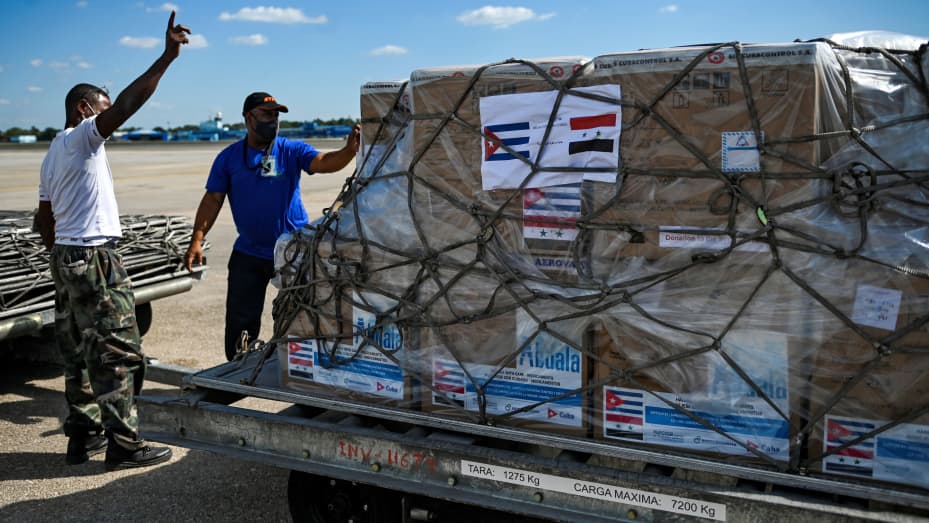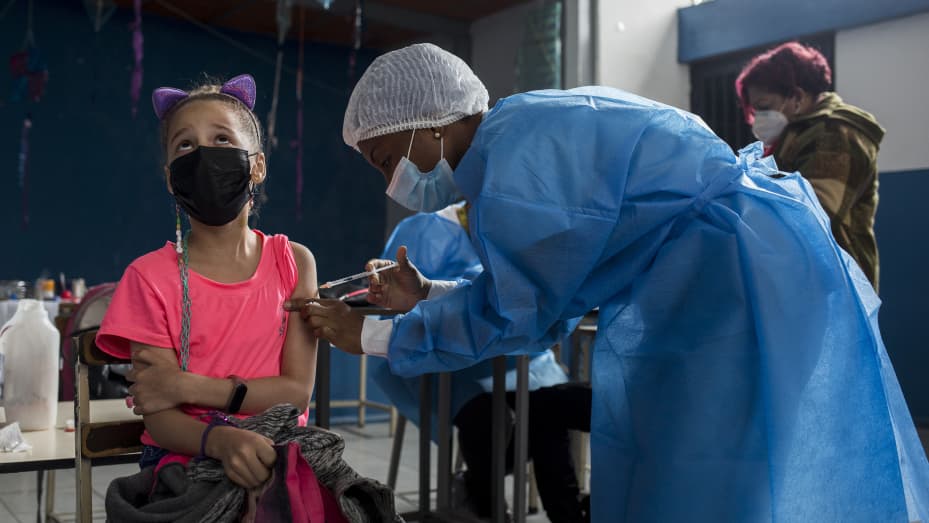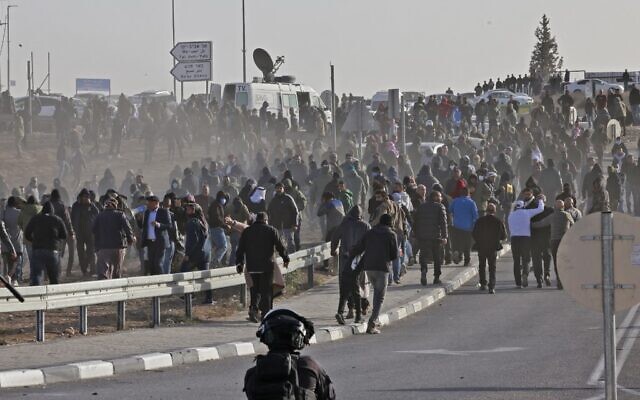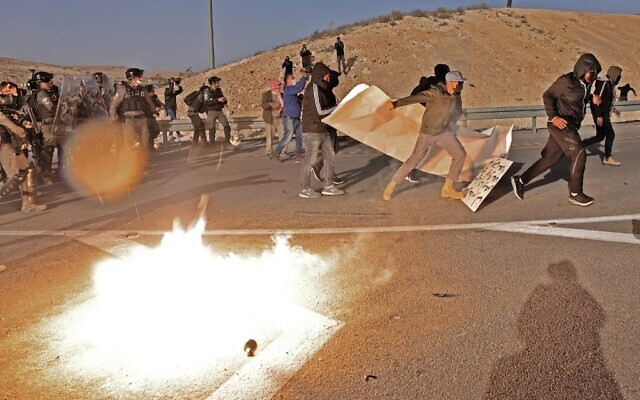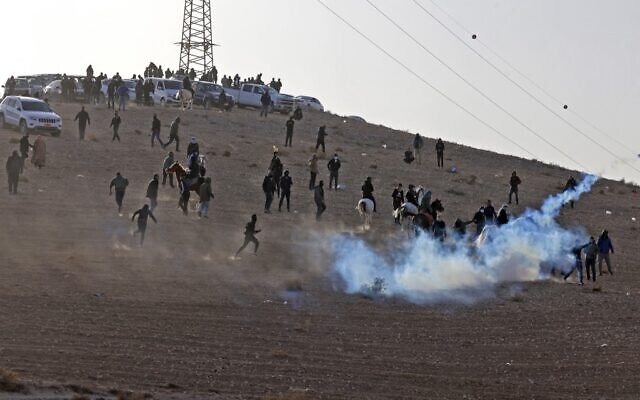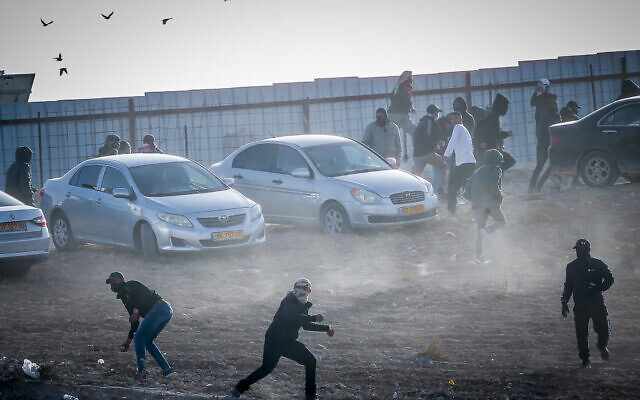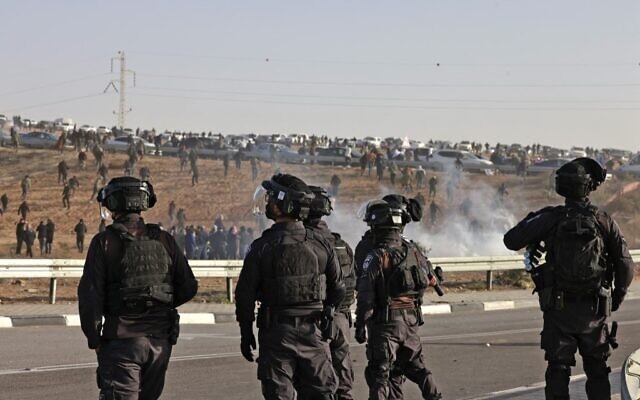Voice of Salvadoran rebels becomes guardian of historical memory

By Hugo Sanchez
San Salvador, Jan 13 (EFE).- On the day of the signing of accords ending 12 years of civil war in El Salvador, Santiago came down from the mountains for the final transmission of the rebels’ Radio Venceremos from San Salvador Cathedral, a moment he now recalls nostalgically as the curator of a museum devoted to the conflict.
Venezuelan-born Carlos Henriquez Consalvi arrived in El Salvador from Nicaragua just before Christmas 1980 to establish Radio Venceremos (“We will prevail”).
And on Jan. 10, 1981, Henriquez – using the nom de guerre Santiago – was on the air to report the launch of the leftist FMLN guerrillas’ first major offensive against the Salvadoran military.
The project that would eventually take the form of the Museum of Word and Image (MUPI) in San Salvador “began amid the armed conflict, when we began to preserve photographs, videos,” he tells Efe.
“The Radio Venceremos collective took it upon ourselves to leave a register of this very important part of the history of El Salvador,” he says.
The first fruit of the MUPI initiative appeared in 1996 with the publication of Luciernagas en El Mozote (Fireflies in El Mozote), a book about the December 1981 massacre of nearly 1,000 men, women and children by an elite unit of the Salvadoran army.
Following the end of the war in 1991, “we gave ourselves the task of repatriate all those important archives that were spread around the world and constitute what is today the Museum of Word and Image,” Santiago recounts.
MUPI has amassed 60,000 images and 4,000 hours of film and video pertaining not only to the war, which claimed 75,000 lives, but to Salvadoran cultural life and the legacy of indigenous peoples.
The museum’s holdings include the archives of distinguished figures such as writer and artist Salarrue (Salvador Salazar Arrue) and poet Roque Dalton, slain in 1975 as part of a power struggle within the ERP rebel group, and the personal photographs of the martyred Archbishop Oscar Romero, who was canonized by Pope Francis in 2018.
But Santiago says that one of MUPI’s greatest achievements is to have “rescued women buried by official history, as in the case of Prudencia Ayala,” a women’s rights campaigner who tried to run for president in 1930.
“The museum is 25 years old and for many years, being an independent citizen initiative always distant from power, it has been difficult to maintain those archives, especially when there is no greater interest in their protection, but the strength of the museum has been society,” he says.
Acknowledging the many disappointments of the decades since the Jan. 12, 1992, agreements, Santiago says that one must distinguish between the accords, which ended the war and created the conditions for democratization, from “what happened later with the sectors that signed those accords.”
The accords’ success in closing the door on conflict and “60 years of military governments” made them a signpost of peace processes in other countries, he points out.
“More than ever, El Salvador needs its historical memory when from diverse poles of society there are calls for the construction of a society different from the one we left behind with the Peace Accords,” Santiago says. EFE
hs/dr




